Aquanox: Deep Descent has been in development for a while now. It’s the sequel to a series that started in the 90s with Archimedean Dynasty, continued in 2001 with Aquanox and its sequel, Revelation, a couple years later. You don’t really need to have played those artifacts to get into Deep Descent though. Just bring your love of blowing things away into the briny depths.
Originally teased in 2016, Deep Descent has finally managed to surface and, for fans of the series, it certainly feels and looks the part of an Aquanox game. While this isn’t the most graphically impressive trip we’ve taken lately, Deep Descent does a great job of conveying the tension and claustrophobic nature of being trapped in a deep-sea metal can where death can come from any direction.
Aquanox: Deep Descent Review — A Shallow yet Explosive Dive into the Briny Depths
At this point, it’s safe to assume the overall B-grade nature of the game, including the voices, is almost intentional.
Deep Descent looks like a quintessential Unreal demo game, with that familiar lighting and smoothness of textures. As a result, the game doesn’t exactly visually distinguish itself beyond just being underwater. Graphics are good, but compared to, say, Subnautica, still have a generic look.
The rest of the presentation is a mixed bag as well. Sound effects, ambients, and the score all get the job done, but this entire series has a history of impressively sketchy voice acting, and Deep Descent certainly follows that tradition.
You’ll hear the same canned and phoned-in enemy sound bites all through the game and even the main cast voices are, at best, B-movie level. At this point, it’s safe to assume the overall B-grade nature of the game, including the voices, is almost intentional.
Aquanox: Deep Descent is also buggy as hell. Getting stuck on invisible architecture, watching the front-facing guns just jerk and blink, and general, if minor, instabilities were commonplace while plumbing the oceanic depths. The most annoying glitch had to do with the cramped control pad controls. The thumbstick buttons are by default assigned for moving straight up and down, which in itself seemed inconvenient.
Unfortunately, the game attempts a situational dash move just mashed into this as well and on all the gamepads we tried, trying to move straight up or down resulted in suddenly and uncontrollably jetting in that direction until the sub smashed into something. It didn’t do this with the mouse and keyboard, but proved a constant annoyance otherwise. It was something carried over from the preview build we hoped would be fixed.
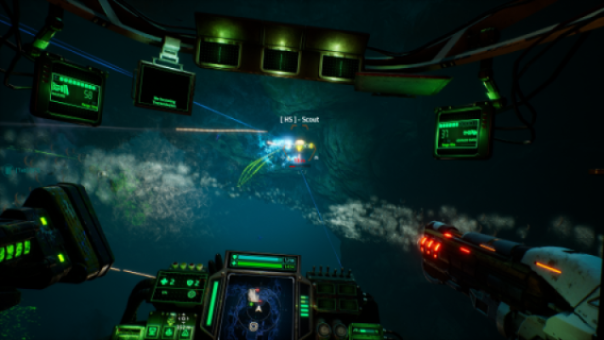
Aquanox has some light trading, crafting, and upgrading systems to it. You’ll constantly need to find side gigs outside the main story to earn more money for better ships, ship parts, and weapons. The game takes the usual space shooter template from Privateer, Elite, and Rebel Galaxy into the water, and it provides a lot of things to do if you just want to explore the world and enjoy the watery gameplay.
Kill pirates, trade, rescue other submariners, etc. There’s nothing new here, but it’s a well-tread path for a reason and the more I played Deep Descent, the more I found myself overlooking the problems and just enjoying the ride. Part of that enjoyment is the different feel of the combat, which is the core focus of the game.
As a submarine-based game, Aquanox doesn’t just feel like a space game with more bubbles. The pace is slower, more methodical, and much closer range. Mixing up a variety of guns and torpedoes with a strong focus on shield management, the combat is definitely closer to arcade-style action than simulation. Fighting is fun and intense, but not without some basic strategic elements that amp up the challenge.
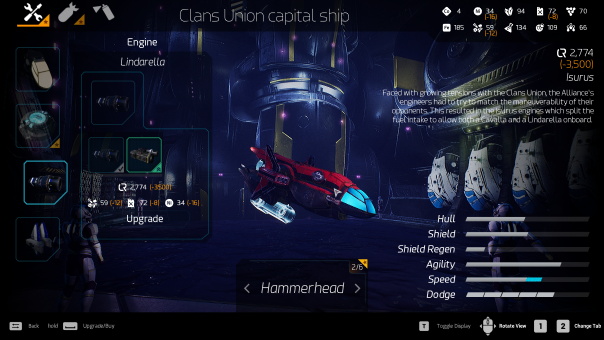
It’s fun and a solid entry in the overall ship-based shooter genre.
Between missions, you’ll spend time at undersea bases and large carrier subs. Here you can upgrade, find side quests, and chat with the other crewmembers. Conversation sometimes offers response choices but is still mostly primitive and linear.
It’s disappointing the series hasn’t upgraded this aspect of the design at all over the years to add more meaningful reasons to visit these hubs beyond just commerce and mission acquisition.
One thing Aquanox has plenty of is lore. After 20+ years, the world of Aqua is pretty ripe with backstory if players want to bother to look. In Deep Descent, the player wakes up from cryosleep to find themselves in the post-apocalyptic mess of an entirely aquatic world. Warring factions are everywhere, trust is in short supply, and random acts of violence are everywhere.
It’s not a particularly original story and the writing is ripe with tropes and cliches (it starts with you looking for a shady character named, of all things, Nemo), but it gets the job done between shooting bouts.
Aquanox: Deep Descent Review — The Bottom Line
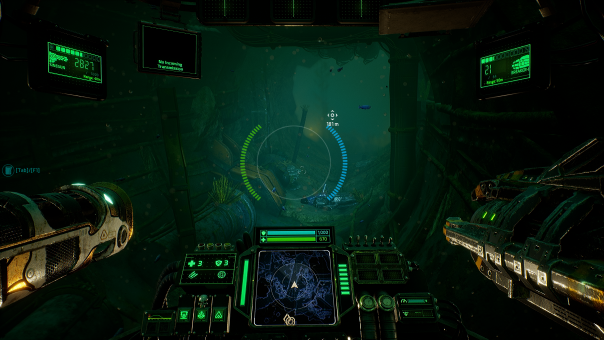
Pros
- Fun, distinctive combat
- Great undersea world to slide through
- Lots of things to blow up and see… get blown up
Cons
- Buggy as hell
- Overall game design hasn’t evolved much over the last 20 years
- Very B-movie-level presentation, writing, and performances
Shooting things is definitely the focus of Aquanox: Deep Descent. After so many years, it’s a shame the series hasn’t evolved, branched out, and deepened more. For what it is, and despite the flaws, bugs, and missteps, Aqua is still a fascinating place to explore and blow things up in.
Is this a great game? Not by a long shot, but it’s fun and a solid entry in the overall ship-based shooter genre.
[Note: THQ Nordic provided the copy of Aquanox: Deep Descent used for this review.]

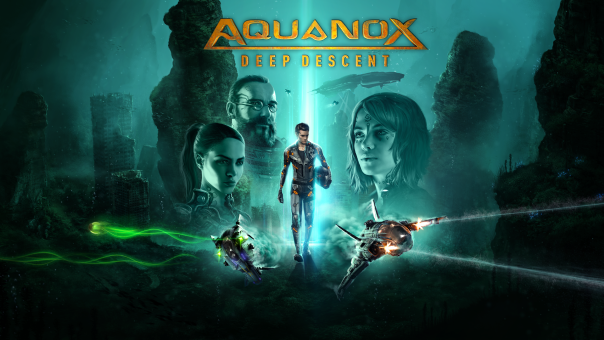
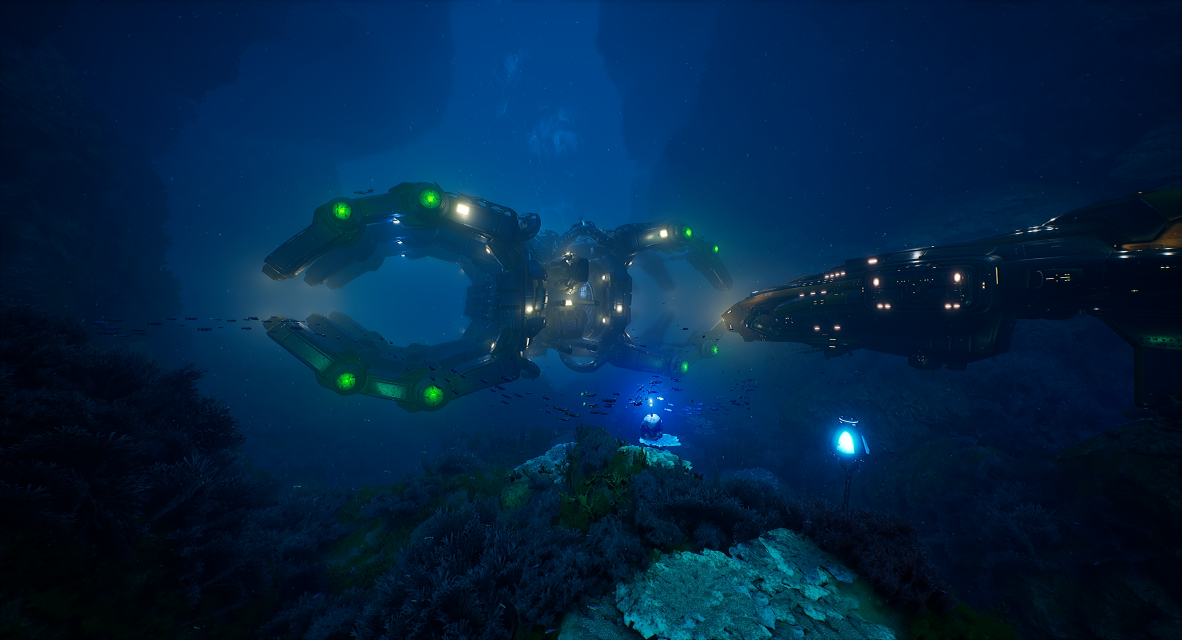





Published: Oct 14, 2020 07:06 pm